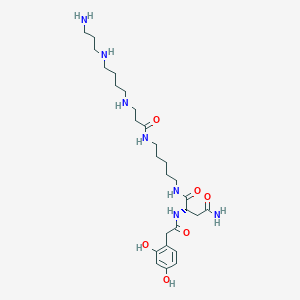
-
乳铁蛋白
- names:
Joro Spider Toxin
- CAS号:
112163-33-4
MDL Number: - MF(分子式): C27H47N7O6 MW(分子量): 565.71
- EINECS: Reaxys Number:
- Pubchem ID:119582 Brand:BIOFOUNT
| 货品编码 | 规格 | 纯度 | 价格 (¥) | 现价(¥) | 特价(¥) | 库存描述 | 数量 | 总计 (¥) |
|---|---|---|---|---|---|---|---|---|
| HCC324799-0.1mg | 0.1mg | 97% | ¥ 11903.50 | ¥ 11903.50 | 4-7周 | ¥ 0.00 |
| 中文别名 | 乳铁蛋白(112163-33-4),红蛋白,乳铁蛋白重组级 |
| 英文别名 | Joro Spider Toxin(112163-33-4),Joro toxin, Joro spider toxin, Joro Spider Toxin 3,JSTX-3 |
| CAS号 | 112163-33-4 |
| SMILES | c1cc(c(cc1O)O)CC(=O)NC(CC(=O)N)C(=O)NCCCCCNC(=O)CCNCCCCNCCCN |
| Inchi | InChI=1S/C27H47N7O6/c28-10-6-13-30-11-4-5-12-31-16-9-25(38)32-14-2-1-3-15-33-27(40)22(19-24(29)37)34-26(39)17-20-7-8-21(35)18-23(20)36/h7-8,18,22,30-31,35-36H,1-6,9-17,19,28H2,(H2,29,37)(H,32,38)(H,33,40)(H,34,39) |
| InchiKey | SJLRBGDPTALRDM-UHFFFAOYSA-N |
| 分子式 Formula | C27H47N7O6 |
| 分子量 Molecular Weight | 565.71 |
| 闪点 FP | 546.4±34.3 °C |
| 熔点 Melting point | No data available |
| 沸点 Boiling point | 979.9±65.0 °C at 760 mmHg |
| Polarizability极化度 | 60.5±0.5 10-24cm3 |
| 密度 Density | 1.2±0.1 g/cm3 |
| 蒸汽压 Vapor Pressure | 0.0±0.3 mmHg at 25°C |
| 溶解度Solubility | |
| 性状 | |
| 储藏条件 Storage conditions |
1.实验前需戴好防护眼镜,穿戴防护服和口罩,佩戴手套,避免与皮肤接触。
2.实验过程中如遇到有毒或者刺激性物质及有害物质产生,必要时实验操作需要手套箱内完成以免对实验人员造成伤害。
3.取样品的移液枪头需及时更换,必要时为避免交叉污染尽可能选择滤芯吸头。
4.称量药品时选用称量纸,并无风处取药和称量以免扬撒,试剂的容器使用前务必确保干净,并消毒。
5.取药品时尽量采用多个药勺分别使用,使用后清洗干净后,烘干消毒存放。
6.实验后产生的废弃物需分类存储,并交于专业生物废气物处理公司处理,以免造成环境污染。
Experimental considerations:
1. Wear protective glasses, protective clothing and masks, gloves, and avoid contact with the skin during the experiment.
2. The waste generated after the experiment needs to be stored separately, and handed over to a professional biological waste gas treatment company to avoid environmental pollution.
Tag:乳铁蛋白蒸汽压,乳铁蛋白合成,乳铁蛋白标准,乳铁蛋白应用,乳铁蛋白合成,乳铁蛋白沸点,乳铁蛋白闪点,乳铁蛋白用途,乳铁蛋白溶解度,乳铁蛋白价格,乳铁蛋白作用,乳铁蛋白结构式,乳铁蛋白用处
| 产品说明 | 乳铁蛋白(112163-33-4)是N-酰基氨基,乳铁蛋白溶解度,乳铁蛋白结构式,乳铁蛋白MSDS,乳铁蛋白应用详见主页. |
| Introduction | Joro Spider Toxin(CAS:112163-33-4):only use for non-medical purposes in industrial or scientific research, and not for clinical diagnosis and treatment of humans or animals. This product is not medicinal or edible. |
| Application1 | |
| Application2 | |
| Application3 |
| Modulation of neurite outgrowth by activation of calcium-permeable kainate receptors expressed by rat nociceptive-like dorsal root ganglion neurons PMID 21557511; Developmental neurobiology 2011 Oct; |
| Calcium-permeable AMPA/kainate receptors mediate toxicity and preconditioning by oxygen-glucose deprivation in oligodendrocyte precursors PMID 12743362; Proceedings of the National Academy of Sciences |
| Calcium-permeable alpha-amino-3-hydroxy-5-methyl-4-isoxazolepropionic acid/kainate receptors mediate development, but not maintenance, of secondary allodynia evoked by first-degree burn in the rat PMI |
| Ca2+ -permeable AMPA receptors associated with epileptogenesis of hypothalamic hamartoma PMID 28195308; Epilepsia 2017 04; 58(4):e59-e63 Name matches: alpha-amino-3-hydroxy-5-methyl-4-isoxazolepropion |
| Light triggers expression of philanthotoxin-insensitive Ca2+-permeable AMPA receptors in the developing rat retina PMID 17430992; The Journal of physiology 2007 Jul; 582(Pt 1):95-111 Name matches: amp |
Abstract:
Background: Ca2+-permeable non-N-methyl-D-aspartate receptors are found in the spinal dorsal horn and represent a presumptive target for glutamatergic transmission in nociceptive processing. This study characterized the analgesic profile associated with the blockade of these spinal receptors by intrathecally delivered agents known to act at these receptors, the spider venom Joro toxin (JST) and philanthotoxin.
Methods: Philanthotoxin (0.5, 2.5, or 5 microg) or JST (5 microg) was given spinally before thermal injury to the paw. JST (5 microg) was also given 10 min before subcutaneous formalin injection, after intraplantar administration of carrageenan, and to rats that were allodynic due to tight ligation of spinal nerves. Lower doses of JST (0.25 and 1.0 microg) were given before formalin injection and testing of thermal latencies. Thermal latencies were measured using a Hargreaves box, mechanical thresholds using von Frey hairs, and formalin response by means of counting flinches.
Results: Both agents blocked thermal injury-induced mechanical allodynia. JST (5 microg) given 1 h after carrageenan blocked induction of thermal hyperalgesia and mechanical allodynia. JST (5 microg) had no effect in the formalin test, on allodynia after spinal nerve ligation, or when given 3 h after carrageenan. The lowest dose (0.25 microg JST) at pretreatment intervals of 60-120 min resulted in modest hypoalgesia during phase 1 formalin and thermal testing.
Conclusions: The behavioral effect of intrathecal Ca2+-permeable non-N-methyl-D-aspartate antagonists indicates an important role for this spinal receptor in regulating hyperalgesic states induced by tissue injury and inflammation and reveals an action that is distinct from those observed with other glutamate receptor antagonists.
2.The antiepileptic activity of JSTX-3 is mediated by N-methyl-D-aspartate receptors in human hippocampal neurons/PMID 16237345; Neuroreport 2005 Nov; 16(16):1869-73/Name matches: n-methyl-d-aspartate jstx-3
Abstract:We analyzed the effect of the acylpolyaminetoxin JSTX-3 on the epileptogenic discharges induced by perfusion of human hippocampal slices with artificial cerebrospinal fluid lacking Mg2+ or N-methyl-D-aspartate. Hippocampi were surgically removed from patients with refractory medial temporal lobe epilepsy, sliced in the surgical room and taken to the laboratory immersed in normal artificial cerebrospinal fluid. Epileptiform activity was induced by perfusion with Mg2+-free artificial cerebrospinal fluid or by iontophoretically applied N-methyl-D-aspartate and intracellular and field recordings of CA1 neurons were performed. The ictal-like discharges induced by Mg2+-free artificial cerebrospinal fluid and N-methyl-D-aspartate were blocked by incubation with JSTX-3. This effect was similar to that obtained with the N-methyl-D-aspartate receptor antagonist DL (-)2-amino-5 phosphonovaleric acid. Our findings suggest that in human hippocampal neurons, the antiepileptic effect of JSTX-3 is mediated by its action on N-methyl-D-aspartate receptor.
3.Glutamate inhibits adenylate cyclase activity in dispersed rat hippocampal cells directly via an N-methyl-D-aspartate-like metabotropic receptor/PMID 1353790; Journal of neurochemistry 1992 Sep; 59(3):822-8/Name matches: n-methyl-d-aspartate joro spider toxin
Abstract:Three major subtypes of glutamate receptors that are coupled to cation channels--N-methyl-D-aspartate (NMDA), kainate, and alpha-amino-3-hydroxy-5-methylisoxazole-4-propionate (AMPA) receptors--are known as ionotropic receptors in the mammalian CNS. Recently, an additional subtype that is coupled to GTP binding proteins and stimulates (or inhibits) metabolism of phosphoinositides has been proposed as a metabotropic receptor. Incubation of dispersed hippocampal cells from adult rats with glutamate or NMDA decreased forskolin-stimulated cyclic AMP (cAMP) accumulation; half-maximal effects were obtained with 5.6 +/- 2.2 and 6.4 +/- 2.3 microM, respectively. Kainate and quisqualate were less potent. The effect of glutamate was antagonized by 2,3-diaminopropionate and 2-amino-5-phosphonovalerate, NMDA/glutamate receptor antagonists, but not by 0.5 microM Joro spider toxin, a specific blocker of the AMPA receptor. The inhibitory effect of glutamate on cAMP formation was not blocked by 2 microM tetrodotoxin or by the absence of Ca2+. In hippocampal membranes, glutamate, similar to carbachol, inhibited adenylate cyclase activity in a GTP-dependent manner. These findings suggest that the glutamate inhibition of adenylate cyclase is direct and is not due to a result of the release of other neurotransmitters. The effect of glutamate on cAMP accumulation was observed in an assay medium containing 0.7 mM MgCl2, which is known to inhibit both ionotropic NMDA receptor/channels in the hippocampus and metabotropic NMDA receptors in the cerebellum. The inhibitory effect of glutamate was abolished by pertussis toxin treatment.(ABSTRACT TRUNCATED AT 250 WORDS)
- 相关产品
-
< >
- 推荐产品
-
< >
- 最新产品
-
< >
新闻
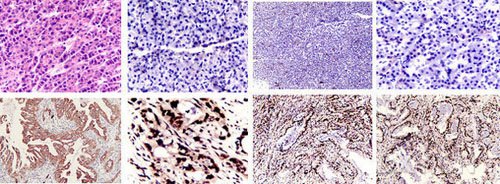
怎么做细胞爬片免疫组化染色实验
细胞爬片免疫组化染色,是通过细胞爬片是让玻片浸在细胞培养基内,细胞在玻片上生长,主要用于组织学,免疫组织化学...
2020/7/20 22:04:33
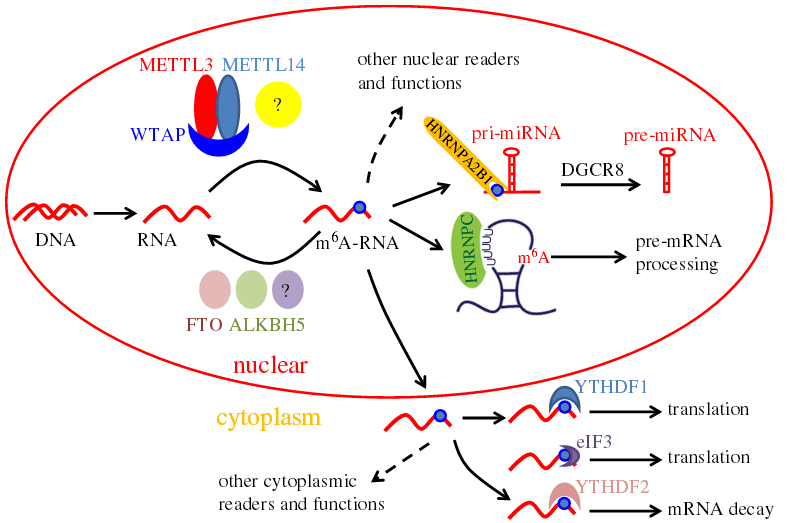
提取病毒RNA的实验方法
提取病毒RNA方法分别有:异硫氰酸胍的提取病毒RNA方法、TRIzol LS提取法、Trizol法提取法等等...
2020/7/22 20:29:26

Waxfilm 实验室封口膜:技术与国际市场的双重突破
在实验室耗材领域,封口膜是保障实验准确性与稳定性的关键产品之一。近年来,Waxfilm?实验室封口膜凭借其卓...
2025/5/13 13:03:40
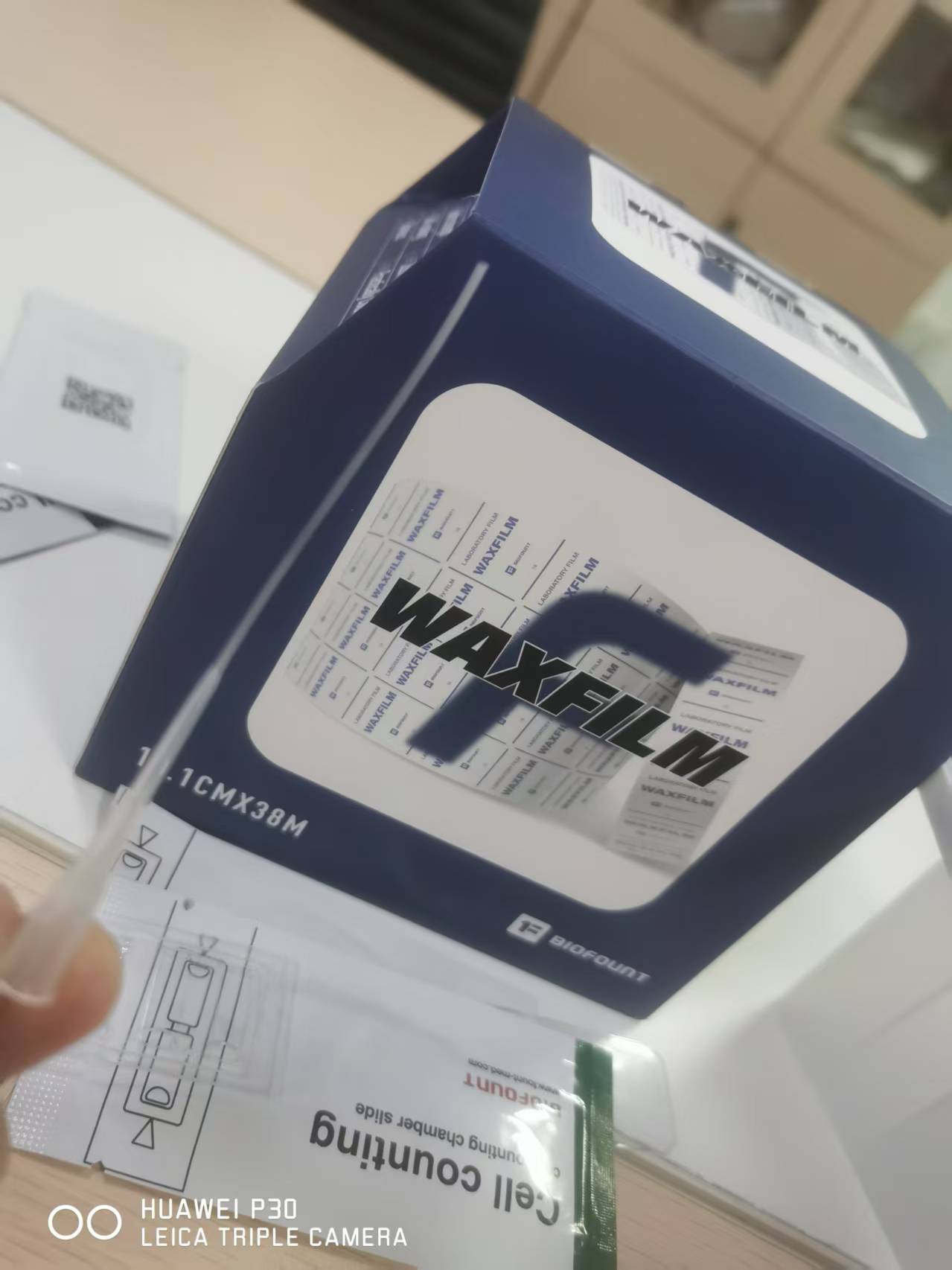
Waxfilm实验室封口膜的5大突破
Waxfilm实验室封口膜作为生物功能膜领域的国产技术突破和品牌突破,是生物领域中国技术发展的缩影。
2025/5/6 17:02:07

各种微流控芯片键合方法的优缺点
微流控芯片键合:目前主要有激光焊接、热压键合、胶键合、超音波焊接,每种方法都有各自的优缺点。本文主要介绍聚酯...
2023/7/28 10:43:09
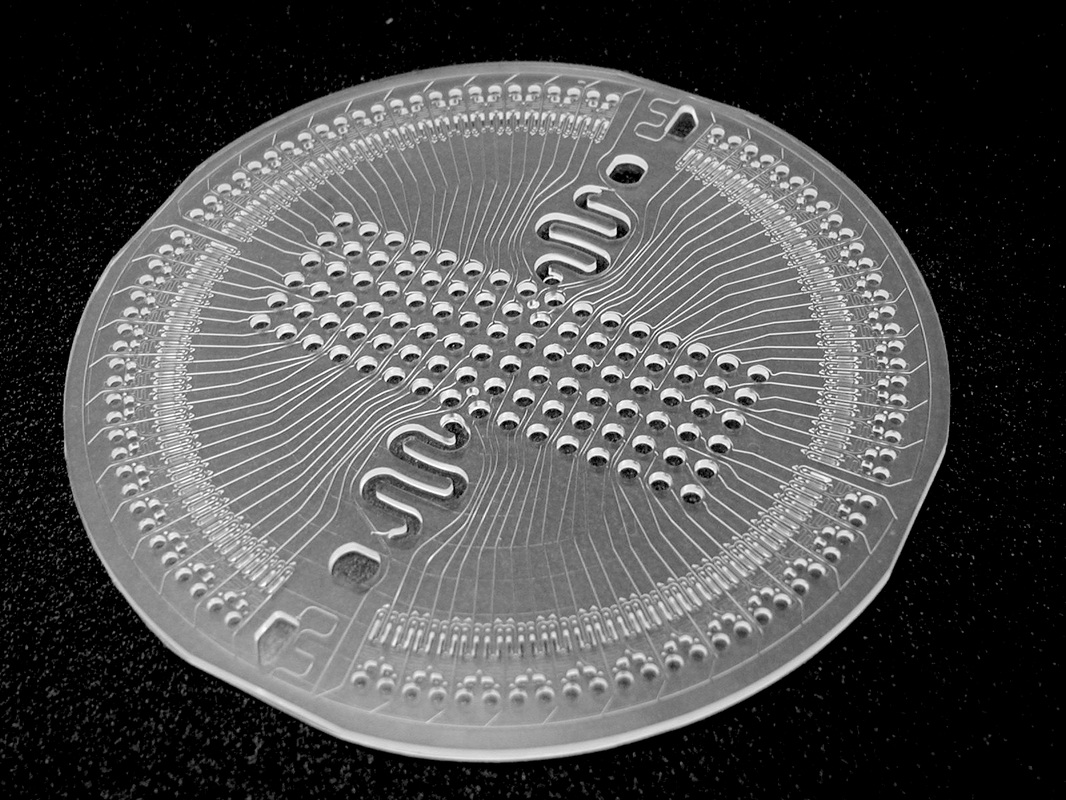
新一代微流控键合解决方案
微流控键合解决方案:微流控芯片制造的一个重要环节,也是最容易被忽视的--芯片键合。其中一个重要因素是:微流控...
2023/7/27 12:44:28
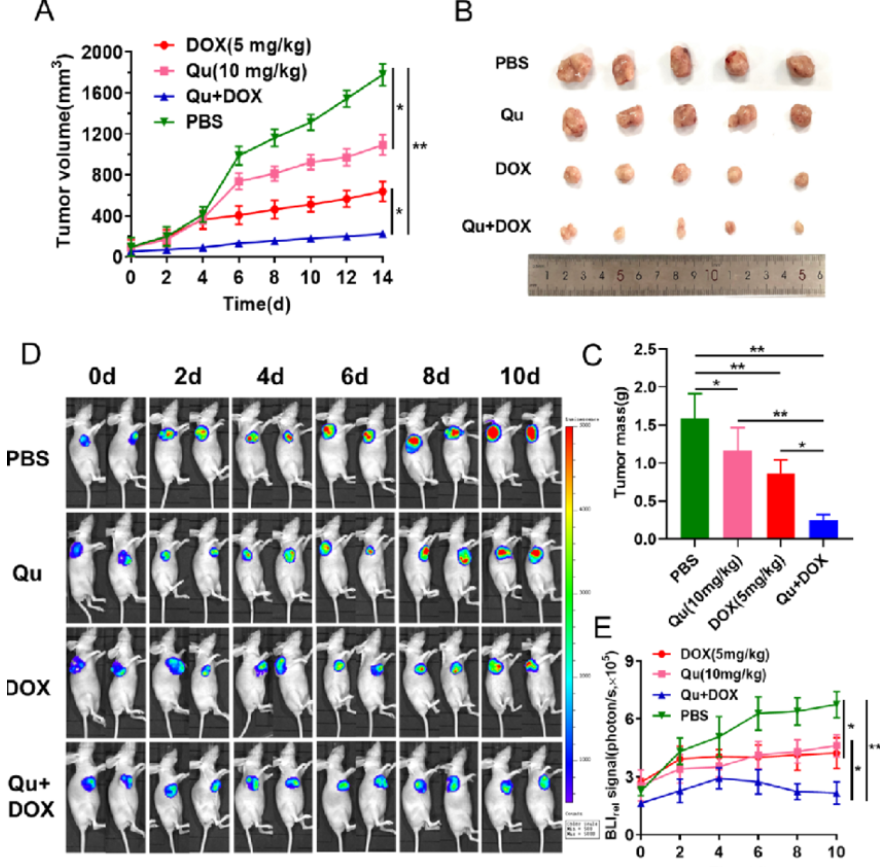
荧光素钾盐使用说明
D-荧光素钾盐(K+)设计用于体外和体内生物发光测定。D-荧光素的质量和纯度对于获得良好和可重复的结果至关重...
2023/7/20 11:05:11
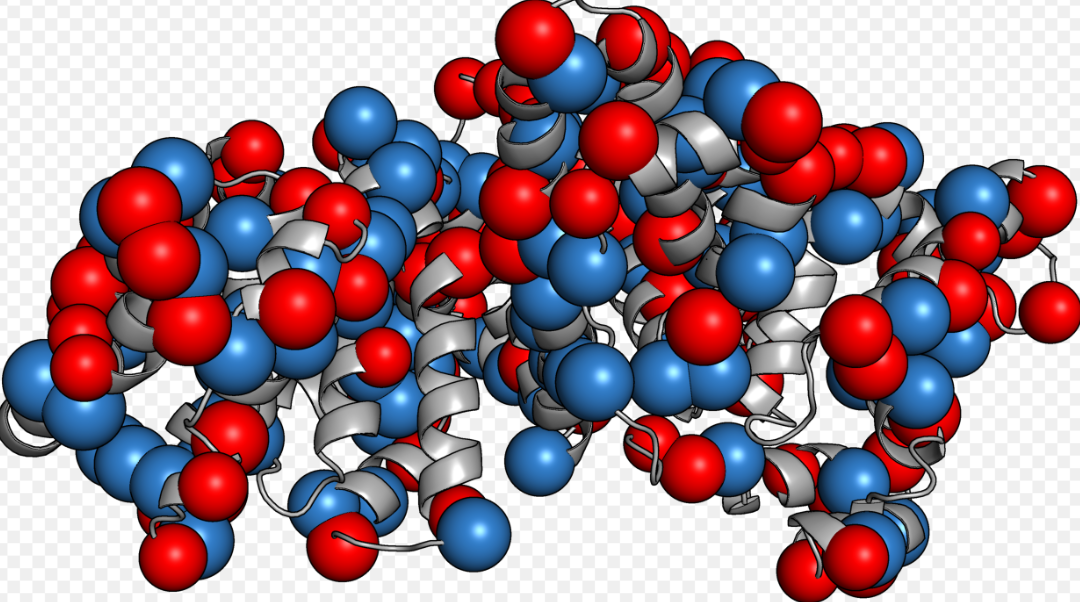
如何选BSA(牛血清白蛋白)
如何选BSA(牛血清白蛋白):牛血清白蛋白(BSA)有多种形式,如何选择适合自己的牛血清白蛋白(BSA)是一...
2023/2/14 13:09:18
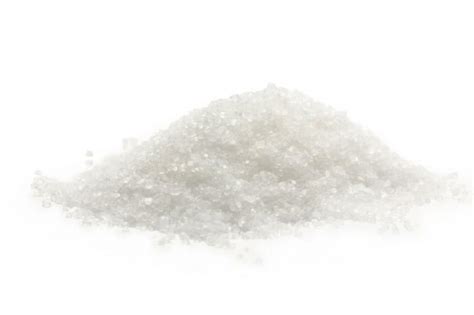
牛血清白蛋白(BSA)常见问题
牛血清白蛋白(BSA)常见问题:牛血清白蛋白(BSA)在实验室中是通用的,可用于蛋白质印迹、细胞组织培养、P...
2022/10/19 9:39:51
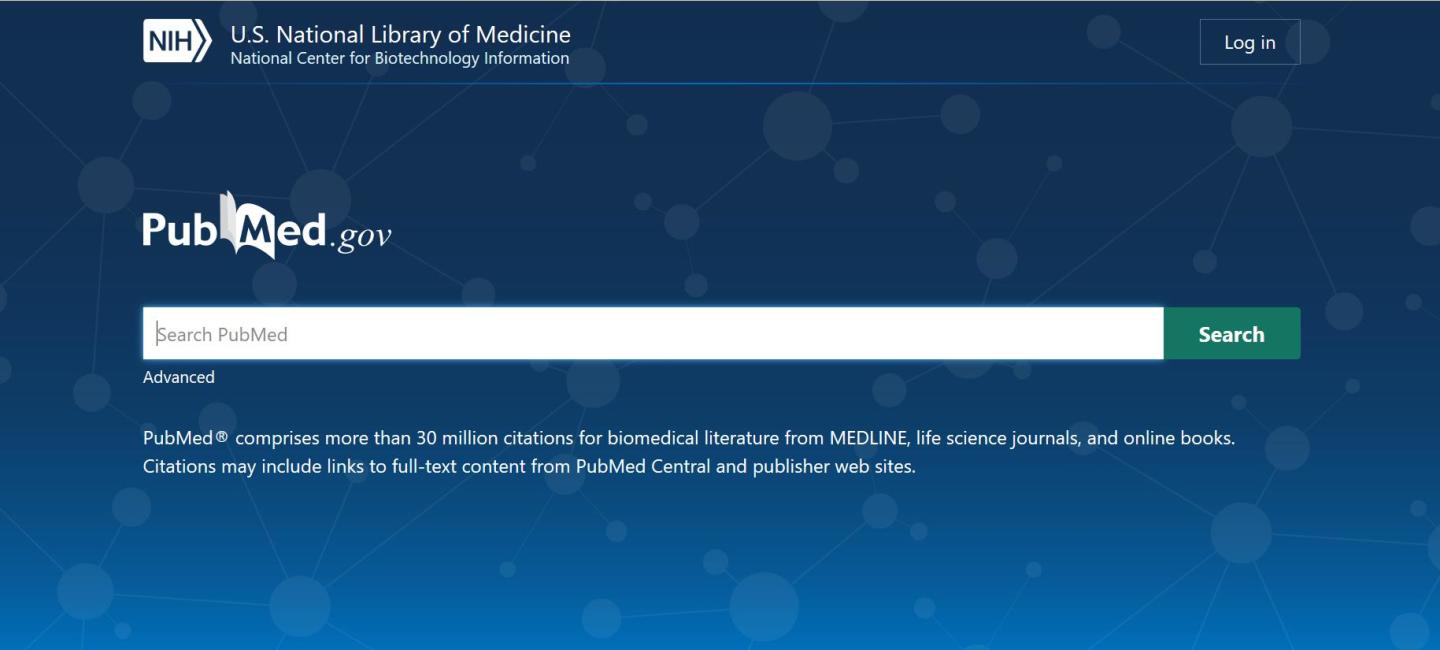
pubmed使用方法(技巧)
pubmed使用方法(技巧):PubMed是一个关于医学问题的学术文章和书籍的数据库。因为它是一份学术期刊,...
2022/10/18 18:06:07




 购物车
购物车 



